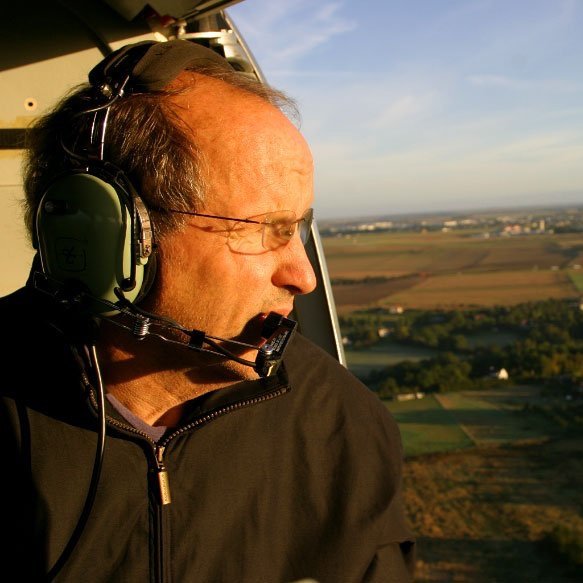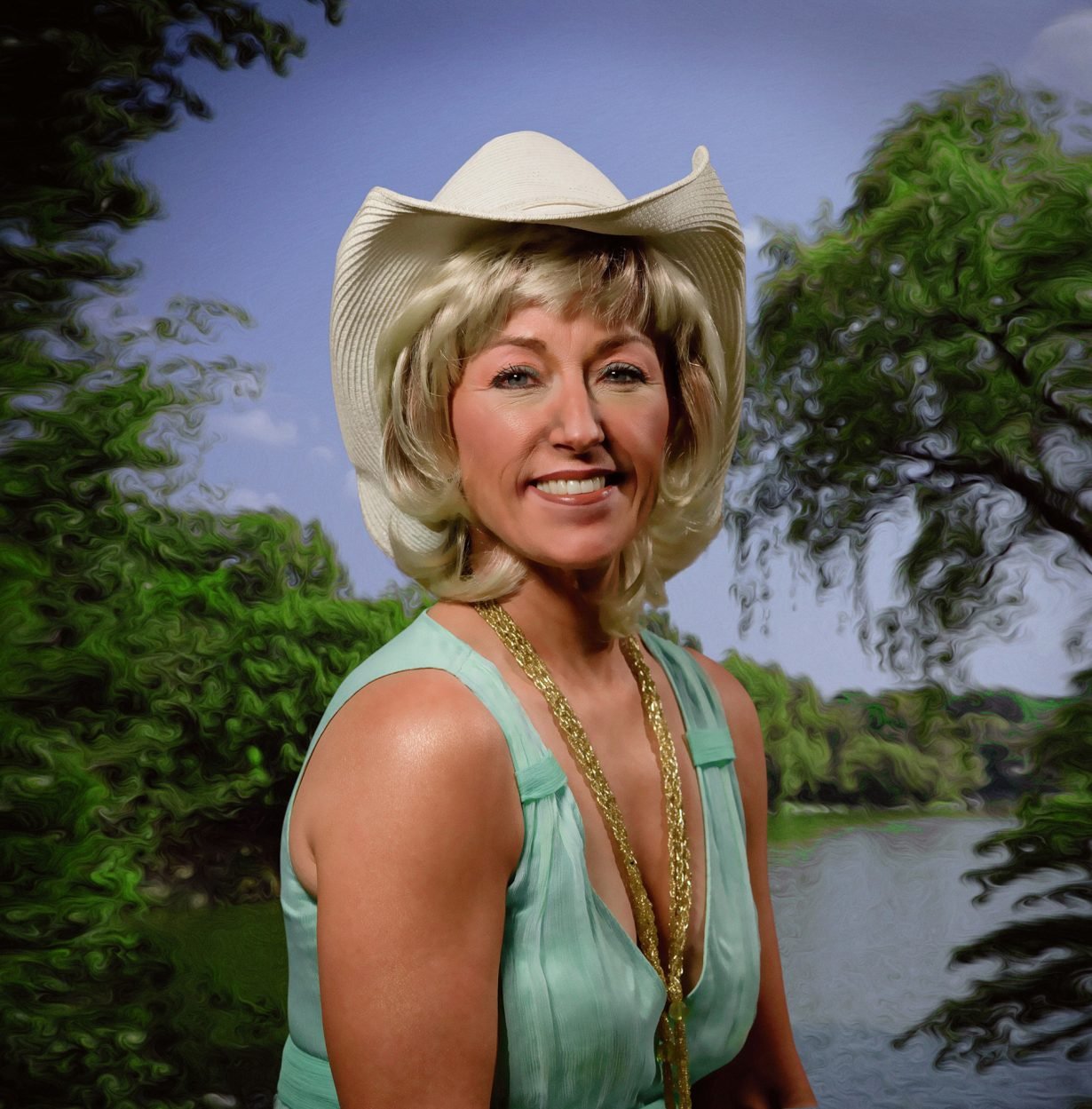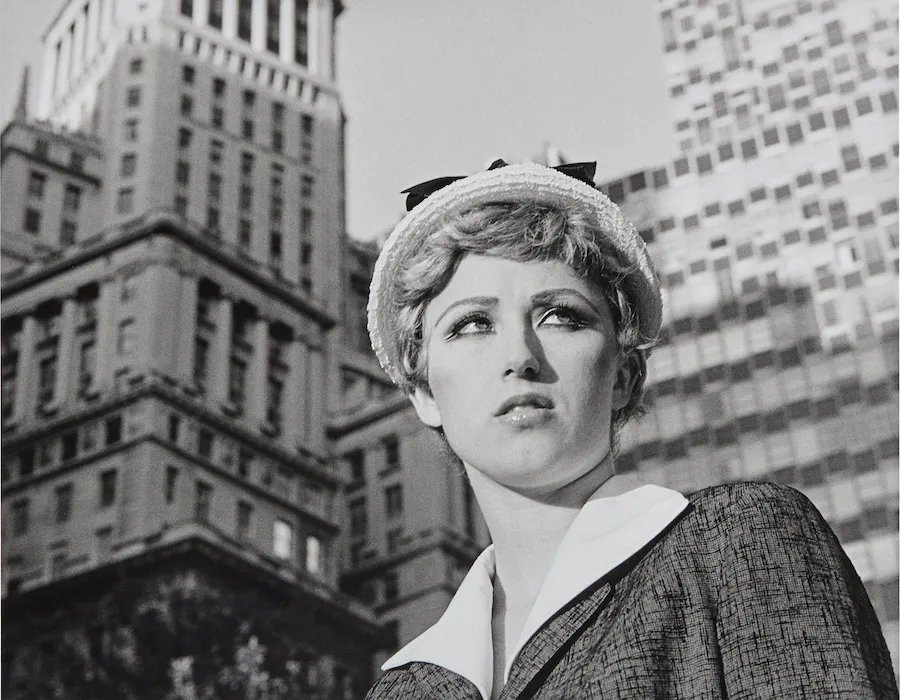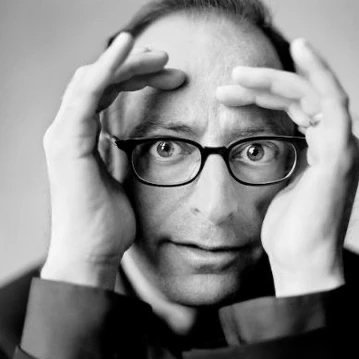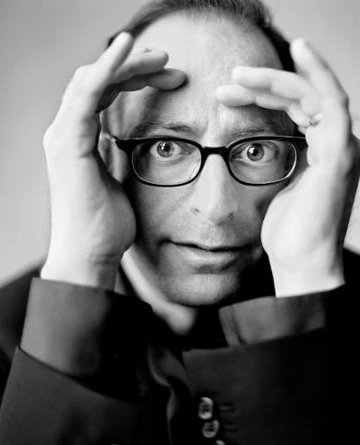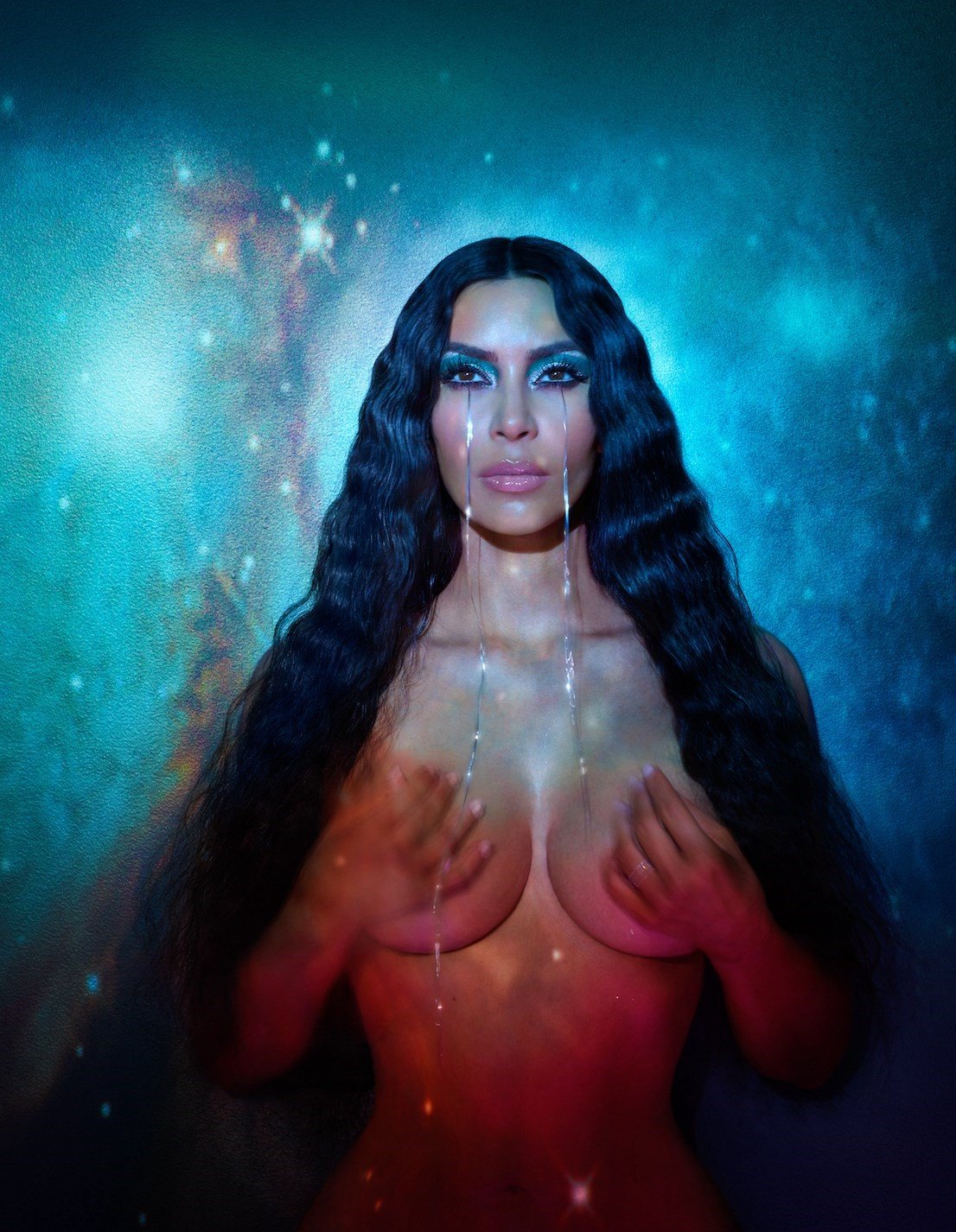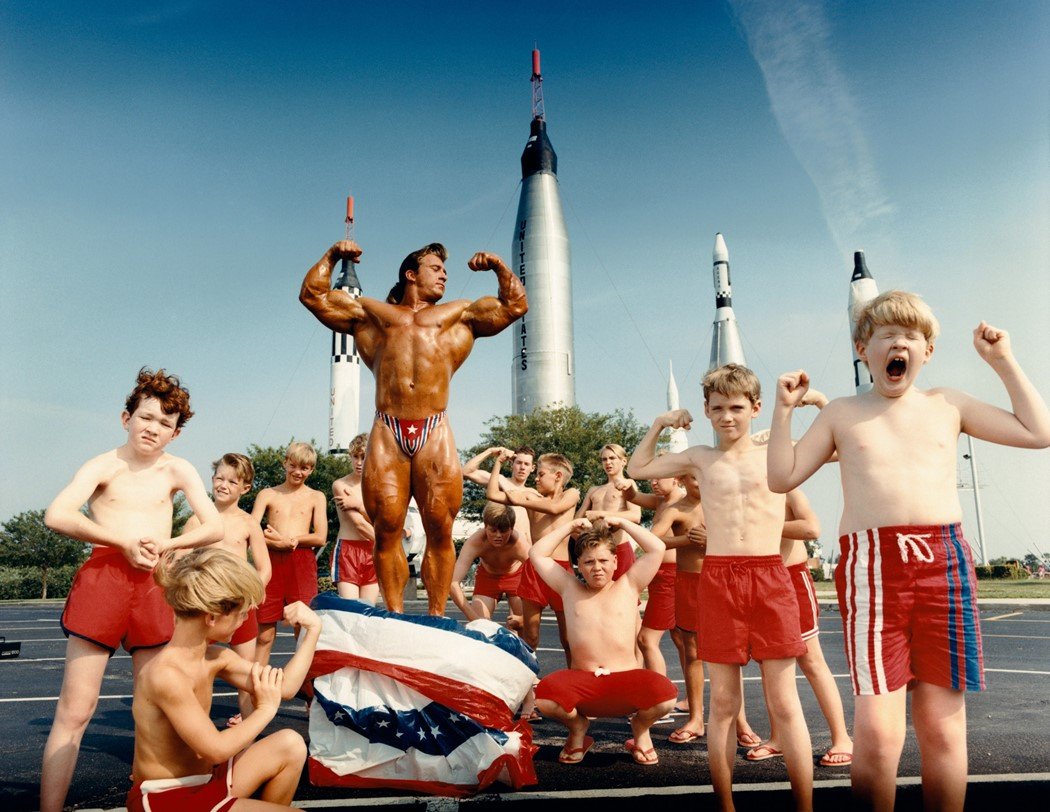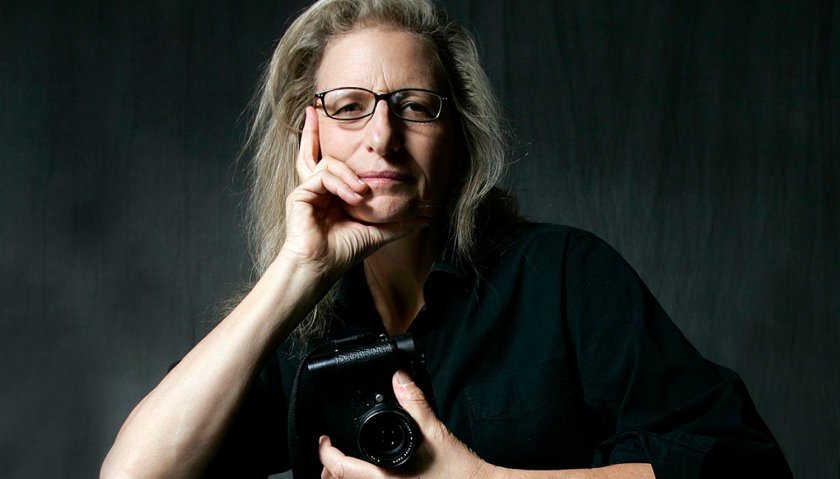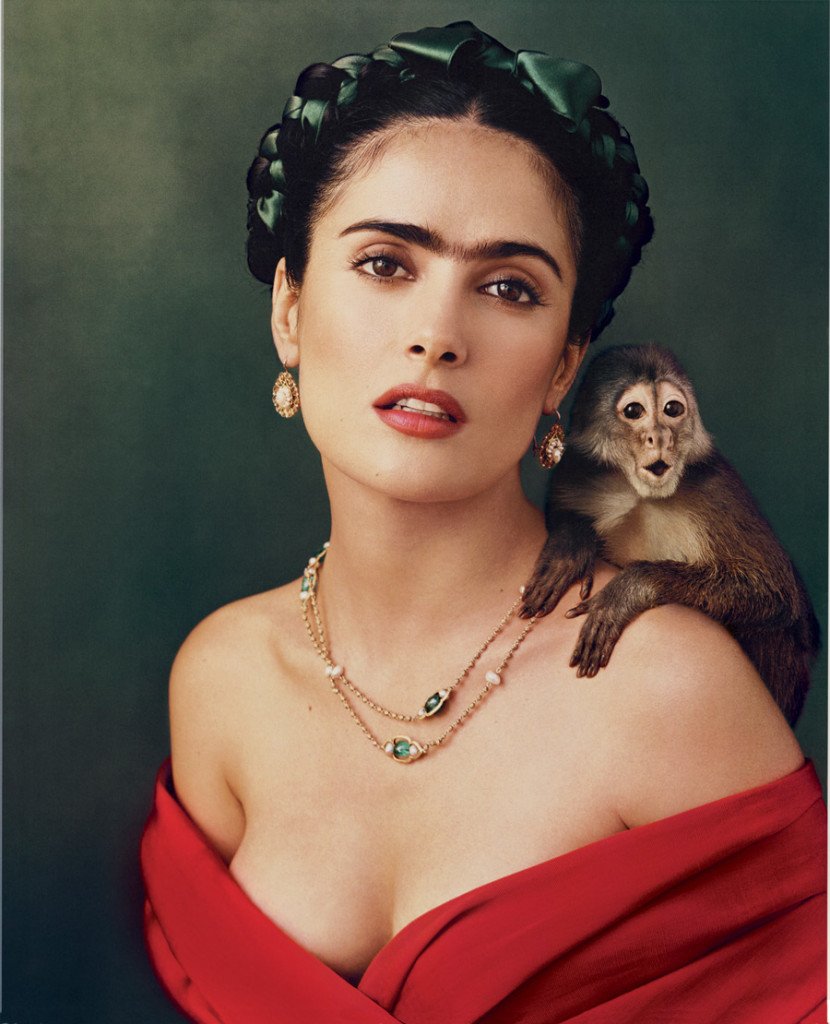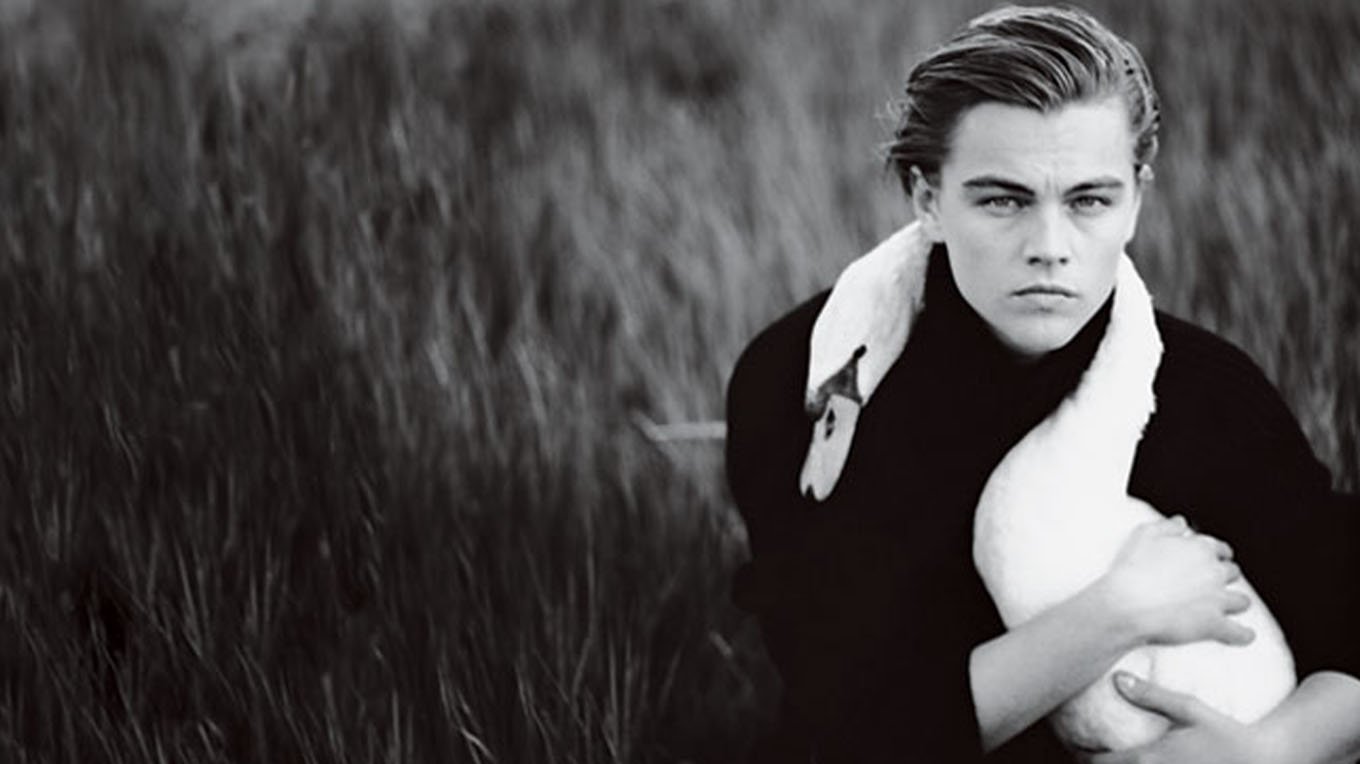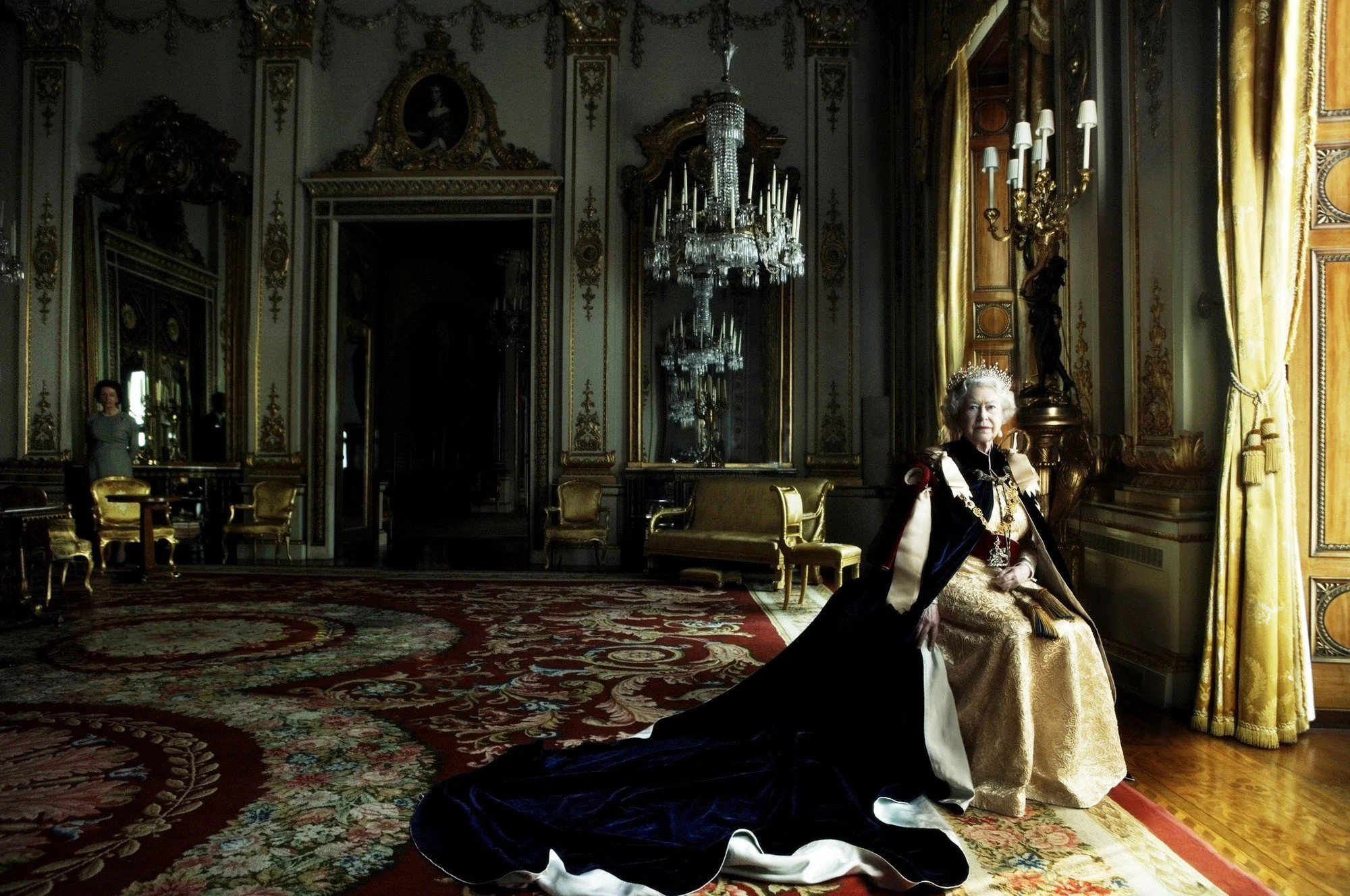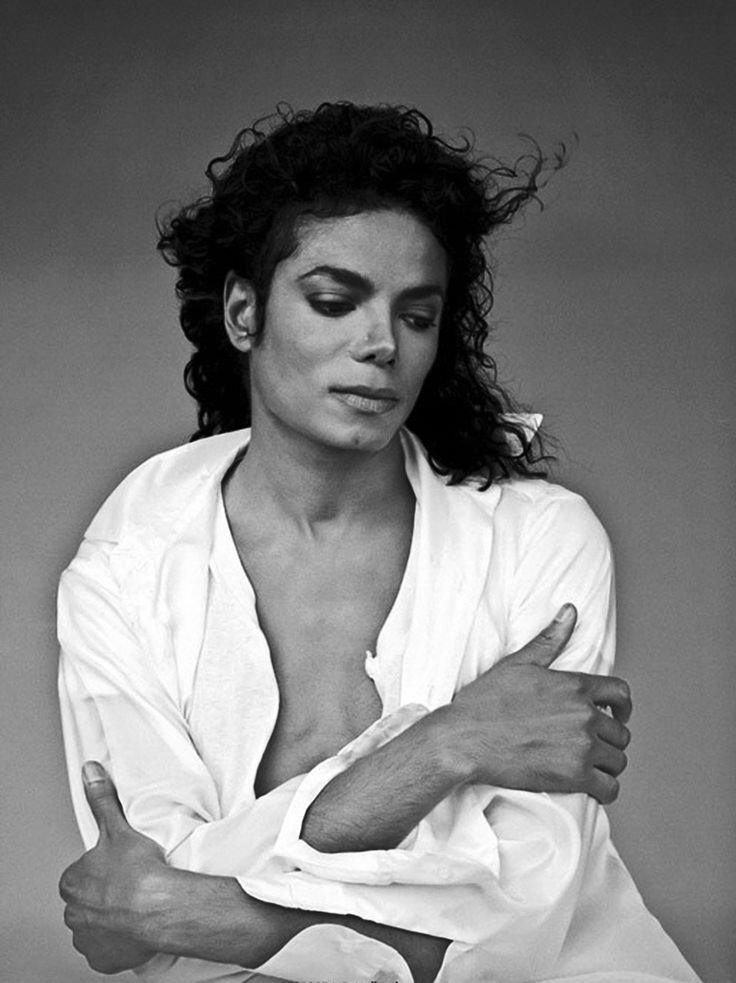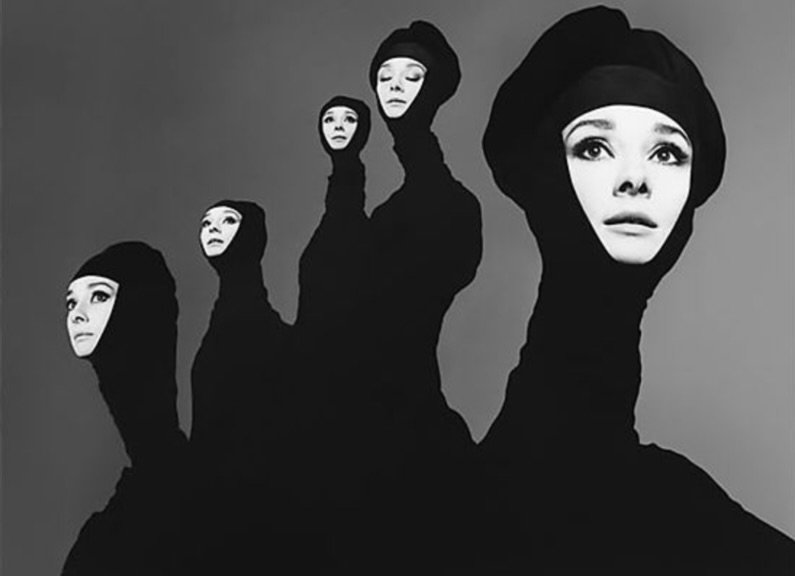Tommy Clarke
"Color is such an important element in my work; it brings life to each image and creates a sense of depth and emotion."
From stunning coastal landscapes to vibrant cityscapes, Tommy Clarke's (website) aerial photography captures the essence of our world from a breathtaking perspective. His work, characterized by bold colors and striking compositions, has earned him a well-deserved reputation as one of the most influential aerial photographers in the industry.
Early Life and Career
Tommy Clarke was born and raised in the United Kingdom, where he developed a passion for photography at a young age. He studied photography at the Arts University Bournemouth, and it was during this time that he began experimenting with aerial photography. After graduation, Clarke traveled extensively, seeking unique perspectives and capturing the world's beauty from above.
Clarke's big break came when he started sharing his aerial photographs on social media, quickly gaining attention for his unique style and impressive imagery. His work has since been featured in numerous publications, exhibitions, and galleries worldwide.
Photographic Style and Techniques
Tommy Clarke's photographic style is characterized by his ability to transform ordinary landscapes into extraordinary visual experiences. His images are marked by vibrant colors, bold contrasts, and geometric patterns that captivate the viewer's attention. Clarke often shoots from helicopters, which allows him to achieve the perfect aerial perspective and capture intricate details from high above.
Some key elements of Clarke's style include:
Emphasis on color: Clarke's photographs are known for their vivid colors, which add depth and visual interest to each image.
Abstract compositions: By focusing on the patterns and shapes created by natural and man-made landscapes, Clarke's work often takes on an abstract quality.
Unique perspectives: Clarke's aerial viewpoint allows him to capture scenes that are otherwise impossible to see from the ground, creating truly one-of-a-kind images.
Career Highlights
Clarke's work has been featured in numerous publications, including Vogue, GQ, and The Guardian.
He has collaborated with several high-profile clients, such as British Airways, Land Rover, and Sony.
Clarke's photography has been exhibited in galleries worldwide, including London, New York, and Sydney.
Photography Gear
Tommy Clarke's choice of photography gear reflects his commitment to capturing the highest quality aerial images. Some of the key pieces of equipment he uses include:
High-resolution camera: Clarke typically shoots with a medium format camera, such as the Hasselblad H6D, which provides exceptional image quality and detail.
Wide-angle lens: A wide-angle lens, like the Hasselblad HC 35mm, allows Clarke to capture expansive scenes and create dynamic compositions.
Stabilization equipment: To ensure sharp images while shooting from a helicopter, Clarke often uses gyroscopic stabilization systems to minimize camera shake and movement.
Photography Books
"Up in the Air" by Tommy Clarke is a remarkable collection of aerial photography, showcasing a diverse range of landscapes and locations from around the world. Spanning six years of work, the book features 100 stunning color photographs capturing locations such as California, Australia's Shark Bay, Utah, and St. Tropez.
This book is a valuable resource for practicing photographers, as it highlights the unique aspects of aerial photography and the techniques used to achieve these captivating images. The photographs in "Up in the Air" showcase Tommy Clarke's progression from documentary travel photography to abstract art, offering insights into the creative process and inspiration for photographers interested in exploring aerial photography and the fascinating interaction between land and water.
Quotes
"I love the challenge of finding beauty in the everyday, and aerial photography allows me to do that in a unique and exciting way."
"Color is such an important element in my work; it brings life to each image and creates a sense of depth and emotion."
"The world looks different from above, and I want to share that perspective with others, to help them see the beauty that surrounds us all."*
"For me, photography is about pushing boundaries and taking risks; I'm always looking for new ways to capture the world from above."
"There's something magical about seeing a familiar landscape transformed into an abstract work of art through the lens of my camera."
Legacy and Influence
Tommy Clarke's impact on the world of aerial photography has been significant, with his distinctive style and exceptional images inspiring both aspiring and established photographers alike. His ability to transform ordinary landscapes into extraordinary visual experiences has earned him a place among the greats in aerial photography.
Other notable photographers with similar style are:
Alex MacLean: Known for his detailed aerial images of landscapes and urban environments, MacLean shares Clarke's fascination with capturing the world from above.
Cameron Davidson: A fellow aerial photographer, Davidson is recognized for his striking images of both natural and man-made landscapes, often exploring the intersection between the two.
Jason Hawkes: Like Clarke, Hawkes focuses on capturing vibrant, high-resolution images from a bird's-eye view, showcasing the beauty and complexity of the world from above.
These photographers, along with Tommy Clarke, have contributed to the growing popularity of aerial photography as an art form, pushing the boundaries of traditional landscape photography and offering unique perspectives on our world.
Cindy Sherman
"I'm really just using the mirror to summon something I don't even know until I see it."
Cindy Sherman is a highly acclaimed fine art photographer known for her provocative and thought-provoking self-portraits. Born in 1954 in Glen Ridge, New Jersey, she has been transforming herself into different characters and personas through her photographs for over four decades. Sherman's work explores themes such as identity, gender, and the role of women in society, making her one of the most significant and influential fine art photographers of our time.
Early Life and Career
Cindy Sherman initially studied painting at the State University of New York at Buffalo but became disillusioned with the medium. She turned to photography, which allowed her to create images that portrayed different narratives and characters. In the late 1970s, she started to work on her groundbreaking series, "Untitled Film Stills," which consists of black-and-white self-portraits inspired by classic Hollywood films and B-movies. This series brought her to the forefront of the contemporary art scene and established her reputation as a trailblazing fine art photographer.
Photographic Style and Techniques
Cindy Sherman's work is characterized by her use of self-portraiture to create fictional characters and explore themes such as identity, representation, and the construction of femininity. She meticulously constructs her photographs, controlling every aspect of the image, including makeup, costumes, lighting, and settings. Through her elaborate and often satirical transformations, Sherman encourages viewers to question societal norms and expectations, particularly those imposed on women.
Career Highlights
"Untitled Film Stills" (1977-1980): A series of 69 black-and-white photographs in which Sherman portrays various female characters inspired by film noir, European art-house films, and American B-movies.
"Centerfolds" (1981): A series commissioned by Artforum magazine that explores female stereotypes and the male gaze, inspired by the centerfold format of adult magazines.
"History Portraits" (1988-1990): A series of photographs in which Sherman reinterprets famous historical and mythological paintings, often using prosthetics and heavy makeup to distort her appearance.
"Clowns" (2003-2004): A series of colorful, large-format photographs in which Sherman portrays a variety of clown characters, exploring the boundary between humor and terror.
"Society Portraits" (2008): A series of photographs that critique the vanity and superficiality of high society, featuring Sherman as wealthy socialites and celebrities.
Photography Gear
Cindy Sherman is known to use medium format cameras for her work, including the Hasselblad 503CW and the Mamiya RZ67. She has also used digital cameras, such as the Canon EOS-1Ds Mark III, for some of her more recent projects.
Photography Books
"Cind"Cindy Sherman: The Complete Untitled Film Stills": This comprehensive collection of Cindy Sherman's iconic Untitled Film Stills series showcases her groundbreaking exploration of identity and representation. For photographers, this book provides inspiration to experiment with self-portraiture and develop a deeper understanding of narrative and character.
"Cindy Sherman": This monograph offers an extensive overview of Sherman's career, featuring her most famous and provocative works. It serves as an invaluable resource for photographers seeking to broaden their knowledge of contemporary photography and challenge traditional notions of self-portraiture.
"Cindy Sherman: A Play of Selves": In this book, Sherman presents a series of self-portraits that explore the performative nature of identity. The collection encourages photographers to consider the relationship between performance and photography, inviting them to play with the boundaries of their own artistic practice.
"Robert Longo: Men in the Cities, Cindy Sherman: Retrospective": This dual retrospective highlights the work of both Cindy Sherman and Robert Longo, offering insights into their individual artistic processes and evolution. Owning this book allows photographers to study the development of two influential artists, inspiring them to reflect on their own creative journeys.
"Cindy Sherman: Working Girl": Focusing on Sherman's early work, this book delves into her exploration of female stereotypes and gender roles. For photographers, the book serves as a valuable resource to examine the beginnings of an influential artist's career and consider the societal impact of their own work.
"Cindy Sherman: Retrospective": This retrospective offers a comprehensive look at Sherman's extensive body of work, tracing her career from its beginnings to her most recent projects. Photographers can benefit from studying the evolution of Sherman's ideas and techniques, gaining inspiration for their own creative exploration of identity and representation.
Quotes
"I'm really just using the mirror to summon something I don't even know until I see it."
"I can't appreciate the old masters, or emulate them, without adding the cynicism I feel about the way women were and are treated."
"I think people are more apt to believe photographs, especially if it's something fantastic."
"I like making images that from a distance seem kind of seductive, colorful, luscious and engaging, and then you realize what you're looking at is something totally opposite."
"I try to isolate something basic in the person that maybe is a caricature of themselves, or something that they're known for, and then exaggerate it."
Legacy and Influence
Cindy Sherman's work has had a significant impact on contemporary art and photography. Her innovative approach to self-portraiture and her exploration of identity, gender, and representation have inspired countless artists and photographers to challenge conventional norms and push the boundaries of their own work. Some other notable photographers with similar styles are Francesca Woodman, Gillian Wearing, and Nikki S. Lee.
Sherman's influence extends beyond the realm of photography, as her work has been referenced in various other artistic disciplines, such as film, literature, and fashion. By consistently challenging societal expectations and preconceived notions of femininity, Cindy Sherman's art continues to resonate with new generations of artists and photographers, solidifying her status as an icon in the world of fine art photography.
Herb Ritts
"In the end, I still believe there's a place for what I do, and for the type of images I make.”
Herb Ritts (1952-2002) was an American fashion photographer known for his elegant, minimalist, and beautifully crafted images. With a career that spanned over two decades, Ritts became one of the most sought-after and respected photographers in the fashion industry. His work graced the covers of prestigious magazines like Vogue, Vanity Fair, and Rolling Stone and featured in numerous advertising campaigns for luxury brands such as Giorgio Armani, Calvin Klein, and Chanel.
Early Life and Career
Herb Ritts was born and raised in Los Angeles, California. He studied economics and art history at Bard College in New York, but it wasn't until he moved back to Los Angeles and started taking pictures of his friends that he discovered his passion for photography. In the late 1970s, Ritts began to work as a fashion photographer, quickly establishing his distinctive style and gaining recognition for his work. By the 1980s, he had become a leading figure in the world of fashion photography, collaborating with top models, celebrities, and designers.
Photographic Style and Techniques
Herb Ritts' photographic style is characterized by its simplicity, elegance, and strong graphic compositions. He often used natural light to create a sense of warmth and intimacy in his images, and his choice of black-and-white photography contributed to the timeless quality of his work. Ritts had a talent for capturing the essence of his subjects, whether they were models, actors, or musicians, and his portraits conveyed a sense of honesty and vulnerability that resonated with viewers.
Career Highlights
Throughout his career, Herb Ritts photographed some of the most iconic figures of his time, including Madonna, Cindy Crawford, and Christy Turlington. He also directed music videos, such as Madonna's "Cherish" and Chris Isaak's "Wicked Game," which showcased his signature visual style. In 1991, Ritts was awarded the prestigious International Center of Photography's Infinity Award for Applied Photography. His work has been exhibited in major galleries and museums worldwide, including the Museum of Fine Arts in Boston and the Getty Museum in Los Angeles.
Photography Gear
Medium format cameras: Ritts often used medium format cameras such as the Hasselblad 500C/M, which provided high-resolution images and allowed him to achieve exceptional detail in his photographs.
Lenses: Ritts typically used prime lenses with focal lengths ranging from 80mm to 150mm, which allowed him to create the sharp, crisp images he was known for.
Natural light: Ritts was a master of using natural light, often shooting outdoors or near large windows to take advantage of the available light and create a warm, intimate atmosphere in his images.
Photography Books
"Herb Ritts: L.A. Style": This book celebrates Herb Ritts' distinctive style, capturing the glamour and allure of Los Angeles through his iconic fashion and celebrity photography. For practicing photographers, the book serves as a valuable source of inspiration, showcasing Ritts' mastery of composition, lighting, and portraiture.
"Notorious": In this collection, Herb Ritts presents a captivating array of celebrity portraits, displaying his unique ability to reveal the essence of his subjects. This book can help photographers refine their approach to portraiture, encouraging them to search for the authentic and unexpected in their own work.
"Herb Ritts: Men/Women": This book offers a fascinating exploration of Ritts' black-and-white photography, capturing the beauty and strength of the human form. This volume provides insight into Ritts' approach to composition and lighting, inspiring to push the boundaries of creative practice.
"Herb Ritts: Work": This retrospective showcases the breadth of Ritts' career, offering a comprehensive overview of his diverse body of work. By studying Ritts' evolution as an artist, photographers can gain valuable insight into the development of their own unique styles and visual narratives.
"Duo": In this collection, Herb Ritts presents intimate and striking portraits of celebrity couples, capturing the chemistry and connection between them. The book serves as a valuable resource for photographers looking to enhance their skills in capturing emotion and the dynamics between subjects in their own portraiture.
"Africa": In this visually stunning book, Ritts turns his lens to the landscapes, wildlife, and people of Africa. The collection offers photographers a chance to study Ritts' keen eye for composition and his ability to evoke emotion through imagery, encouraging them to explore new subjects and settings in their own work.
Quotes
"I think knowing people by first names, not by what they do sexually, is really what it's about. Not being afraid. Fear is the enemy. I've always said that a camera is a great shield. When you have a camera in your hand, you feel like you're protected."
"For me, a photograph is most successful when it doesn't answer all the questions and leaves something to be desired."
"With photography, I like to create a fiction out of reality. I try and do this by taking society's natural prejudice and giving this a twist."
"In the end, I still believe there's a place for what I do, and for the type of images I make. I think people will always be drawn to the human form, to the beauty of the human body."
"I always liked the simplicity of things. The most fun I had was doing portraits and nudes outdoors with natural light."
Legacy and Influence
Herb Ritts left an indelible mark on the world of fashion photography, and his iconic images continue to inspire new generations of photographers. His emphasis on simplicity, elegance, and the beauty of the human form has influenced the work of many contemporary photographers.
Other notable photographers with similar style are:
Peter Lindbergh, known for his cinematic, black-and-white portraits of models and celebrities
Bruce Weber, celebrated for his sensual and intimate images of male and female models
Annie Leibovitz, whose dramatic, stylized portraits have become synonymous with Vanity Fair and Rolling Stone covers
Steven Meisel, a prolific fashion photographer with a penchant for storytelling and pushing boundaries in his images
Herb Ritts' timeless photographs serve as a testament to his exceptional talent and his enduring impact on the world of fashion photography. His legacy lives on through the countless photographers who continue to be inspired by his work and through the unforgettable images he left behind.
David LaChapelle
"If you want reality, take the bus."
David LaChapelle is an American photographer and director known for his vibrant, surreal, and often provocative images that challenge the boundaries of traditional fashion photography. With a career spanning more than three decades, LaChapelle has worked with some of the most iconic celebrities and brands, creating images that are instantly recognizable for their unique visual language.
Early Life and Career
David LaChapelle was born in 1963 in Fairfield, Connecticut. He was drawn to art from a young age, and as a teenager, he moved to New York City to pursue his passion for photography. He attended the North Carolina School of the Arts and the Art Students League of New York before landing his first professional photography job at the age of 17, when he was hired by Andy Warhol to shoot for Interview Magazine.
LaChapelle's early work caught the attention of the fashion industry, and he soon began shooting for major publications like Vogue, GQ, Rolling Stone, and Vanity Fair. Throughout his career, LaChapelle has collaborated with numerous high-profile brands, including Versace, Levi's, and MAC Cosmetics, and has photographed countless celebrities such as Madonna, Lady Gaga, and Rihanna.
Photographic Style and Techniques
LaChapelle's photographic style is characterized by its vibrant colors, elaborate sets, and surreal concepts. His images often contain elements of fantasy and kitsch, and he frequently explores themes such as consumerism, religion, and sexuality.
To achieve his signature aesthetic, LaChapelle meticulously constructs his scenes, using intricate set design, lighting, and post-production techniques to create images that are both visually stunning and thought-provoking. His work is often compared to the paintings of the Old Masters, with its strong use of chiaroscuro and emphasis on composition.
Career Highlights
Some of David LaChapelle's most notable career achievements include:
Having his work exhibited at prestigious institutions such as the Barbican Museum in London, the Musée de La Monnaie in Paris, and the Whitney Museum of American Art in New York
Directing music videos for artists like Christina Aguilera, Britney Spears, and Moby
Receiving numerous awards, including the American Photography Award and the Art Directors Club Award
Photography Gear
While specific gear used by David LaChapelle may vary from project to project, some of the equipment commonly associated with his work includes:
Medium format cameras such as the Hasselblad 503CW
35mm cameras like the Canon EOS 5D Mark IV
Studio lighting equipment, including Profoto strobes and softboxes
Adobe Photoshop for post-production work
Published Photo Books
"LaChapelle Land": David LaChapelle's first monograph showcases his unique, surreal, and often provocative style. The book provides photographers with inspiration for pushing creative boundaries and exploring new concepts in their own work. Owning this book can broaden the visual language of photographers and help them stand out in the industry.
"Hotel LaChapelle": In this visually stunning book, David LaChapelle takes readers on a journey through a fantastical world of fashion and celebrity photography. By examining LaChapelle's innovative compositions and lighting techniques, photographers can learn to create striking images that captivate the viewer and tell compelling stories.
"LaChapelle. Heaven to Hell": This book offers a comprehensive overview of LaChapelle's career, covering a wide range of his photographic work. Owning this book can help photographers gain insight into the development of LaChapelle's unique vision and encourage them to explore their own distinctive styles and ideas.
"David LaChapelle. Lost + Found. Part I": In this volume, David LaChapelle showcases previously unpublished photographs that explore themes of consumerism, fame, and societal excess. By studying LaChapelle's work, photographers can learn to convey powerful messages through their images and develop a more meaningful connection with their audience.
"David LaChapelle: Good News": This book features a collection of LaChapelle's spiritually inspired photographs that challenge the viewer's perceptions of reality. This book can encourage photographers to experiment with symbolism and visual storytelling, adding depth and substance to their work.
"David LaChapelle Stern Portfolio (Stern Fotografie Portfolio)": This special edition portfolio highlights some of LaChapelle's most iconic images, showcasing his mastery of color, composition, and visual narrative. This collection can serve as a valuable source of inspiration and a reminder of the limitless possibilities in the world of photography.
Quotes
"If you want reality, take the bus."
"I believe in a visual language that should be as strong as the written word."
"Fashion can be a celebration of human beauty and creativity."
"I never wanted to shoot fashion; I wanted to create images that were narrative, like movie stills."
"I think that we live in a time where it's easier to be suspicious of dedicated people, because the world and people and beliefs can often disappoint you."
Legacy and Influence David LaChapelle has left an indelible mark on the world of fashion photography with his unique, surreal, and provocative images. His work has influenced countless photographers, and his distinctive visual style continues to inspire both established and emerging artists. While it's impossible to list all those who have been impacted by LaChapelle's work, some other notable photographers with similar styles include Miles Aldridge, Steven Klein, Pierre et Gilles, and Nick Knight.
From his humble beginnings as a teenager in New York City to his status as a world-renowned photographer, David LaChapelle has consistently pushed the boundaries of fashion photography, creating unforgettable images that challenge conventions and captivate viewers. His influence on the photography world is undeniable, and his work continues to inspire and provoke discussion among both industry professionals and photography enthusiasts alike.
Annie Leibovitz
“A thing that you see in my pictures is that I was not afraid to fall in love with these people."
Anna-Lou "Annie" Leibovitz is one of the most renowned portrait photographers of our time. Her powerful and evocative images have graced the covers of countless magazines, from Rolling Stone and Vanity Fair to Vogue. With her extraordinary ability to capture the essence of her subjects, Leibovitz has created some of the most iconic and memorable photographs in contemporary history.
Early Life and Career
Annie Leibovitz was born in Waterbury, Connecticut, in 1949. Her love for photography began at a young age when her father, a lieutenant colonel in the US Air Force, gave her a camera. After her family's return from the Philippines, she attended the San Francisco Art Institute, where she studied painting and photography.
Leibovitz's career took off when she started working for Rolling Stone magazine in 1970. She quickly gained recognition for her intimate and captivating portraits of musicians, actors, and other public figures. Throughout the 1970s, she documented the emerging rock music scene, capturing iconic images of artists like John Lennon, Mick Jagger, and Patti Smith. In 1983, she joined Vanity Fair, where she continued to create unforgettable portraits of celebrities, politicians, and royalty.
Photographic Style and Techniques
Leibovitz is known for her ability to reveal the true personalities of her subjects. She achieves this through a variety of techniques:
Intimacy and Connection: Leibovitz often spends hours, if not days, with her subjects to create a level of trust and rapport that allows them to open up in front of the camera.
Cinematic Lighting: Drawing inspiration from painters like Rembrandt and Vermeer, she uses dramatic, cinematic lighting to create depth and mood in her images.
Narrative Storytelling: Her images often tell a story, whether it's through the subject's pose, wardrobe, or the surrounding environment. This narrative quality is reminiscent of Richard Avedon's work.
Collaboration: Leibovitz actively involves her subjects in the creative process, allowing them to contribute ideas and input that help shape the final image.
Career Highlights
Annie Leibovitz has a long list of accomplishments, but some of her most notable achievements include:
Photographing John Lennon and Yoko Ono for Rolling Stone just hours before Lennon's tragic death in 1980.
Capturing the iconic "Demi's Birthday Suit" cover for Vanity Fair in 1991, featuring a nude and pregnant Demi Moore.
Photographing Queen Elizabeth II in 2007 for her official portrait to mark her state visit to the United States.
Being the first woman to have a solo exhibition at the National Portrait Gallery in Washington, D.C., in 1991.
Receiving the prestigious International Center of Photography's Lifetime Achievement Award in 2013.
Photography Gear
Throughout her career, Annie Leibovitz has used a variety of equipment to create her iconic images. Some of her go-to gear includes:
Cameras: Leibovitz has used a range of cameras, from medium-format Mamiya RZ67 and Hasselblad to 35mm Canon and Nikon models.
Lenses: She often opts for prime lenses, like the 50mm, 85mm, and 105mm focal lengths, for their sharpness and ability to create a shallow depth of field.
Lighting: Leibovitz is known for using a mix of natural and artificial lighting, including tungsten, HMI, and strobe lights, to achieve her signature cinematic look.
Published Books
"Annie Leibovitz" (2022): This upcoming book will feature a collection of Annie Leibovitz's work, showcasing her extraordinary talent for creating intimate and iconic portraits of celebrities, artists, and public figures, highlighting her unique approach to photography.
"Portraits 2005-2016": This book presents a selection of Leibovitz's most memorable portraits from 2005 to 2016. The images capture the essence of her subjects and provide a fascinating insight into her creative process and artistic vision.
"Women": In this groundbreaking project, Annie Leibovitz collaborates with writer Susan Sontag to explore the diverse experiences and roles of women in society. The book features compelling portraits and insightful essays that celebrate women's strength, resilience, and beauty.
"Annie Leibovitz at Work": This insightful book offers a behind-the-scenes look at Leibovitz's creative process, revealing her thoughts on photography, her experiences working with famous subjects, and the stories behind some of her most iconic images.
"A Photographer's Life, 1990-2005": This intimate chronicle of Leibovitz's life and career spans 15 years and includes both personal and professional photographs, providing a comprehensive look at her evolution as an artist and individual.
"Annie Leibovitz: American Music" (2004): This book is a tribute to the rich musical heritage of the United States, featuring powerful portraits of legendary musicians, singers, and performers from various genres. Leibovitz's images capture the spirit, energy, and passion of American music, offering a visual journey through the nation's musical history.
Quotes
"A thing that you see in my pictures is that I was not afraid to fall in love with these people."
"The camera makes you forget you're there. It's not like you are hiding but you forget, you are just looking so much."
"Nature is so powerful, so strong. Capturing its essence is not easy - your work becomes a dance with light and the weather. It takes you to a place within yourself."
"I don't have two lives. This is one life, and the personal pictures and the assignment work are all part of it."
"The best pictures are usually the ones that happen by accident, the ones you didn't plan for."
Legacy and Influence
Annie Leibovitz's body of work has left an indelible mark on the world of photography. Her innovative approach to portraiture has influenced a generation of photographers, including contemporaries like Mark Seliger and Platon. Through her intimate and evocative images, she has pushed the boundaries of traditional portrait photography, redefining how we perceive celebrities and public figures.
In addition to her influence on other photographers, Leibovitz's work has helped to shape popular culture and create lasting visual memories for millions of people. Her portraits not only capture the essence of her subjects but also reflect the spirit of the times, making her one of the most important and enduring photographers of our era.
Richard Avedon
"My portraits are more about me than they are about the people I photograph."
Richard Avedon (1923-2004) was an American photographer known for his exceptional work in portraiture and fashion photography. He revolutionized the industry with his distinct style and artistic vision, transcending traditional photography norms.
Early Life and Career
Richard Avedon was born on May 15, 1923, in New York City. He developed an interest in photography at a young age and studied photography under Alexey Brodovitch at the Design Laboratory of the New School for Social Research. Avedon served as a photographer in the U.S. Merchant Marine during World War II, and after the war, he began working for Harper's Bazaar as a staff photographer under the guidance of Brodovitch.
Photographic Style and Techniques
Avedon's signature style featured stark white backgrounds, emphasizing his subjects and their expressions. He captured movement and emotion in fashion photography, breaking away from static poses. He utilized large-format cameras, such as the Deardorff 8x10, and employed natural light, studio strobes, and continuous lighting to create desired effects. Avedon collaborated with influential contemporaries like Irving Penn, sharing a mutual appreciation for minimalist backgrounds.
Career Highlights
Worked for Vogue magazine from 1966 to 1990, producing iconic fashion editorials and portraits
Photographed numerous celebrities, politicians, and cultural icons, including Marilyn Monroe, Audrey Hepburn, and the Beatles
Documented the civil rights movement and the Vietnam War, showcasing his versatility as a photographer
Created a series of large-scale portraits called "In the American West," capturing the faces and lives of ordinary people
Received numerous awards and honors, including the International Center of Photography's Master of Photography Award in 1993
Photography Gear
Deardorff 8x10: Avedon's preferred large-format camera, known for its precise focus and incredible detail
Sinar 4x5: Another large-format camera often used for studio work
Hasselblad 500C/M: A medium-format camera Avedon utilized for some of his fashion work
Rolleiflex 2.8F: A high-quality twin-lens reflex camera, perfect for street and candid photography
Published Works and Books
"The Kennedys: Portrait of a Family": This captivating collection of photographs by Richard Avedon documents the iconic Kennedy family, capturing their elegance and charisma. The book offers a unique, intimate look into the lives of one of America's most famous political dynasties.
"Richard Avedon Portraits": This impressive compilation features some of Avedon's most striking and memorable portraits, showcasing his unparalleled talent for capturing the essence of his subjects. The book includes images of celebrities, artists, and everyday individuals, reflecting the breadth of Avedon's work.
"Performance: Richard Avedon (Pace Gallery, New York: Exhibition Catalogues)": This exhibition catalog highlights Avedon's photographs of performers, from actors and musicians to dancers and other entertainers. The images demonstrate his ability to convey the energy, emotion, and artistry of the performing arts.
"Woman in the Mirror": This book offers a stunning array of Avedon's female portraits, spanning several decades. The images celebrate the beauty, power, and complexity of women, highlighting Avedon's unique ability to capture their essence in a single frame.
"An Autobiography Richard Avedon": In this personal account, Avedon shares the story of his life and career, providing an intimate look at the experiences and influences that shaped his artistic vision. The book offers a comprehensive exploration of his journey as a photographer and an individual.
Quotes:
"A portrait is not a likeness. The moment an emotion or fact is transformed into a photograph it is no longer a fact but an opinion."
"My portraits are more about me than they are about the people I photograph."
"If a day goes by without my doing something related to photography, it's as though I've neglected something essential to my existence, as though I had forgotten to wake up."
Legacyand Influence
Richard Avedon's innovative approach to photography left an indelible mark on the world of portraiture and fashion. His minimalist style and emphasis on emotion and movement continue to inspire photographers today. Avedon's work can be found in the collections of major institutions, including the Museum of Modern Art, the Metropolitan Museum of Art, and the National Portrait Gallery.
In addition to his collaborations with contemporaries like Irving Penn, Avedon also worked with influential art directors such as Alexey Brodovitch and Diana Vreeland. His innovative style has influenced a new generation of photographers, including Annie Leibovitz, Peter Lindbergh, and Steven Meisel.
Richard Avedon's mastery of portraiture and fashion photography has left a lasting impact on the industry. His unique style, artistic vision, and groundbreaking techniques continue to serve as an inspiration to photographers worldwide. By understanding his life, career, and influences, practicing photographers can gain valuable insights into the creative process and artistic approach of one of the greatest photographers of the 20th century.









